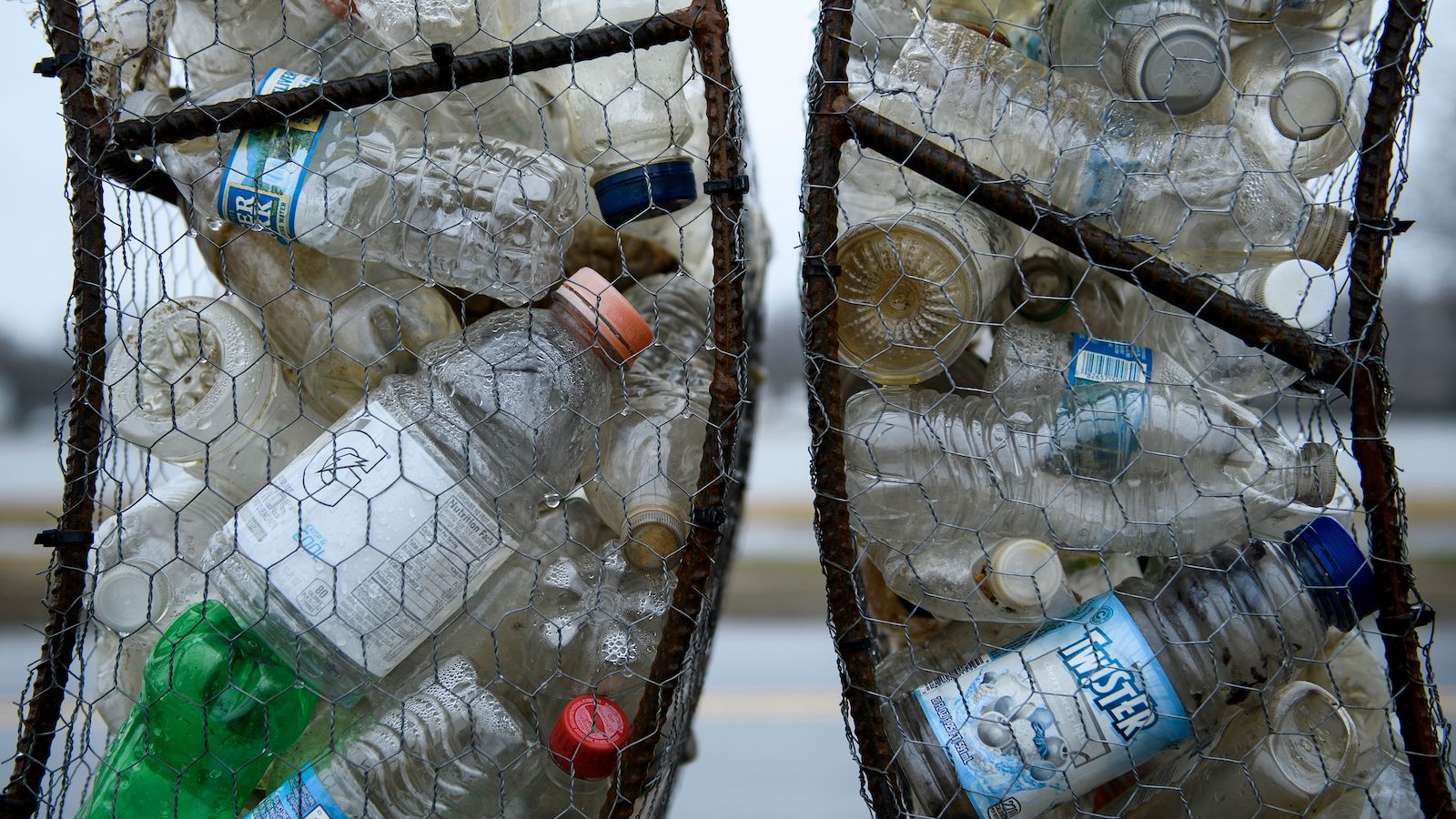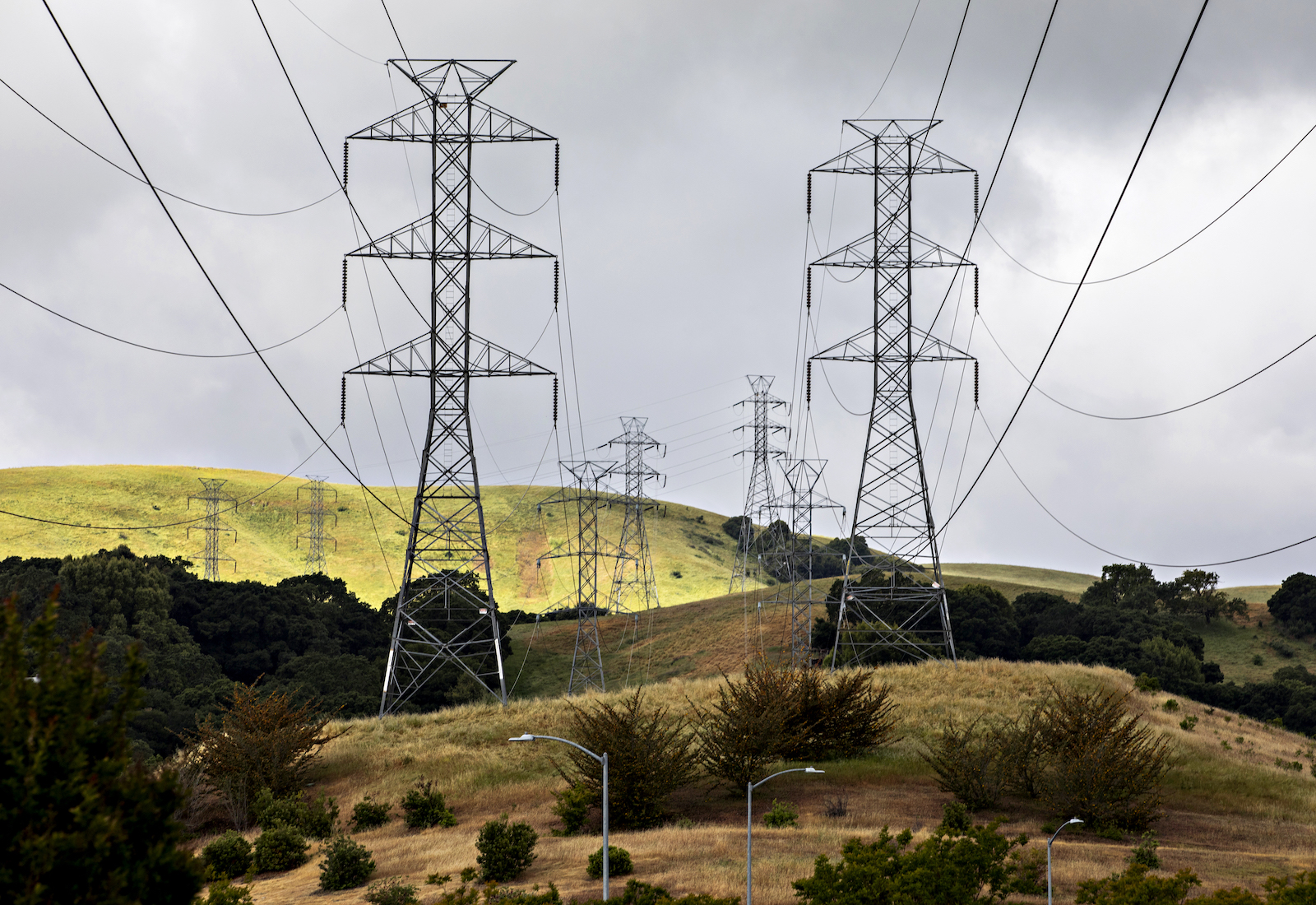By now, many of us have heard the depressing statistic about plastic recycling: Of the 5.8 billion metric tons of plastic waste that the world generated between 1950 and 2015, only about 9 percent has been recycled, leaving the rest to be incinerated, landfilled, or littered directly into the environment.
Until recently, that number was still accurate for the United States, which — according to the most recent data from the Environmental Protection Agency, or EPA — recycled about 8.7 percent of its plastic refuse in 2018. But a new report from the nonprofit The Last Beach Cleanup and the advocacy group Beyond Plastics finds that the U.S.’s plastic recycling rate is now significantly lower, with just 5 or 6 percent of the country’s plastic waste converted into new products in 2021.
According to the organizations, their findings highlight the dismal failure of plastics recycling and add weight to allegations that the plastics industry has been disingenuous in its promotion of recycling as a solution to the plastic pollution crisis. Just last week, the attorney general of California announced a first-of-its-kind investigation into fossil fuel and petrochemical companies for what he called a “decades-long plastics deception campaign” to promote recycling, even though documents suggest they knew decades ago that recycling infrastructure would never be able to keep up with rising plastic production rates.
“The plastics industry must stop lying to the public about plastics recycling,” Judith Enck, a former regional administrator for the EPA and the president of Beyond Plastics, said in a statement. “It does not work, it never will work, and no amount of false advertising will change that.”
To conduct its analysis, The Last Beach Cleanup and Beyond Plastics looked at two sources of data on the total weight of plastic recycled and divided it by the weight of U.S. plastic waste produced in 2021. Using numbers from the EPA, the report showed only a 6 percent recycling rate, while data from a recent study by the National Academies of Science, Engineering, and Mathematics yielded an even lower rate of 4.8 percent.
The report highlights other concerning trends, too, like the country’s increasing volume of plastic waste. Between 1980 and 2018, per capita plastic waste generation in the U.S. ballooned by 263 percent, going from 60 pounds to nearly 220 pounds per person per year. At the same time, the use of truly recyclable materials such as glass and paper has been declining.
Beyond Plastics and The Last Beach Cleanup said the new recycling data should be a “wake-up call” about the infeasibility of plastic recycling. Even at its peak in 2014, the U.S. has only ever been able to recycle 9.5 percent of its plastic waste, and advocates argue that more recycling infrastructure is unlikely to raise that record or reverse recycling’s downward trend.
The report called on companies and lawmakers to adopt policies that limit the production, usage, and disposal of plastics, highlighting refillable water bottles, reusable container programs, and single-use plastic bans as effective options. The proposed Break Free From Plastic Pollution Act, which was introduced in Congress last year by Senator Jeff Merkeley of Oregon and Representative Alan Lowenthal of California, both Democrats, could also help by putting a pause on the expansion of plastic manufacturing facilities and by requiring the plastics industry to pay for and manage the waste it produces.
“It’s time to recognize the truth and accept what the credible facts and science tells us,” the report concludes. “[P]lastic recycling is neither a safe nor realistic solution to reducing plastic waste and pollution in the United States.”




